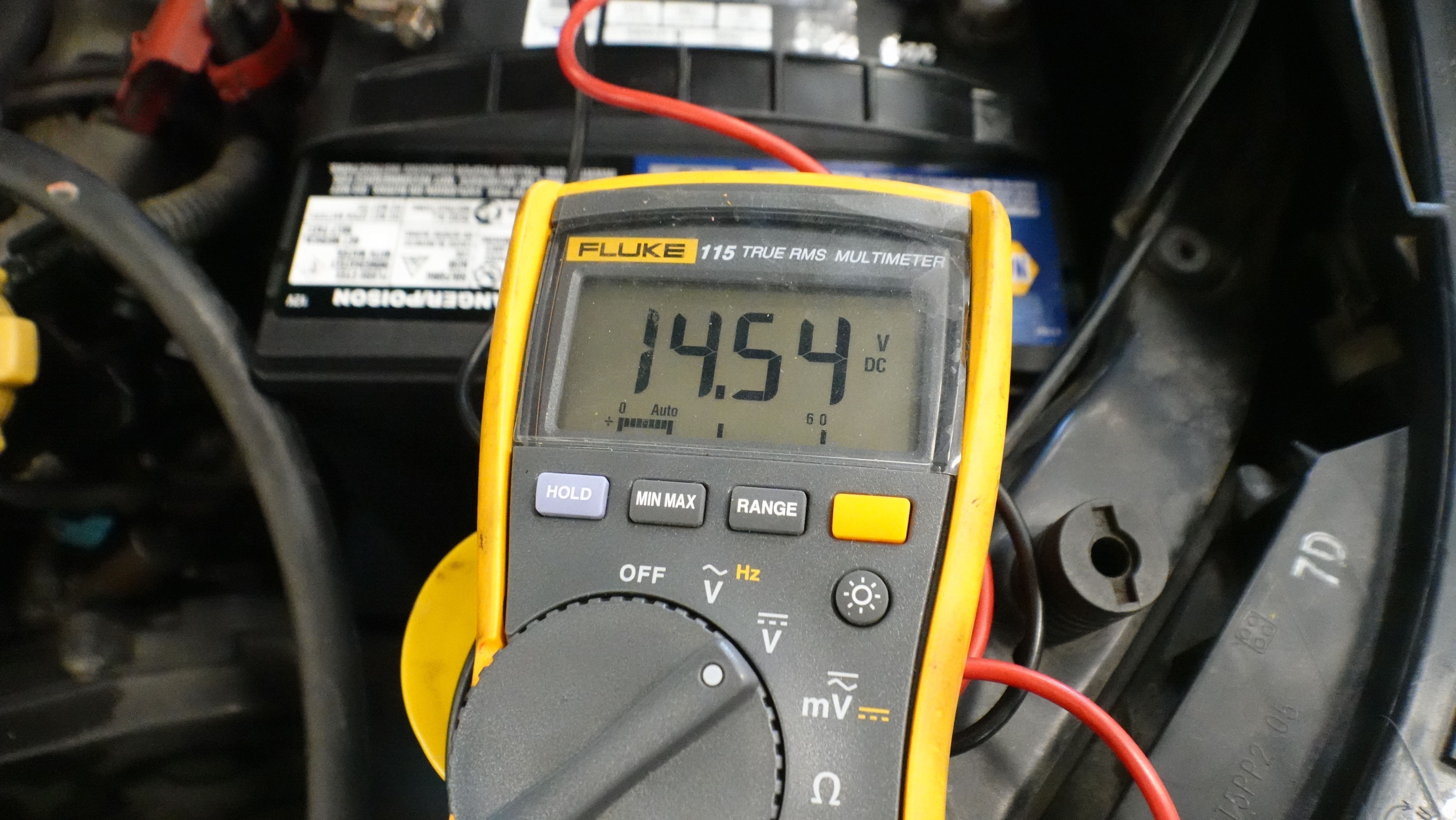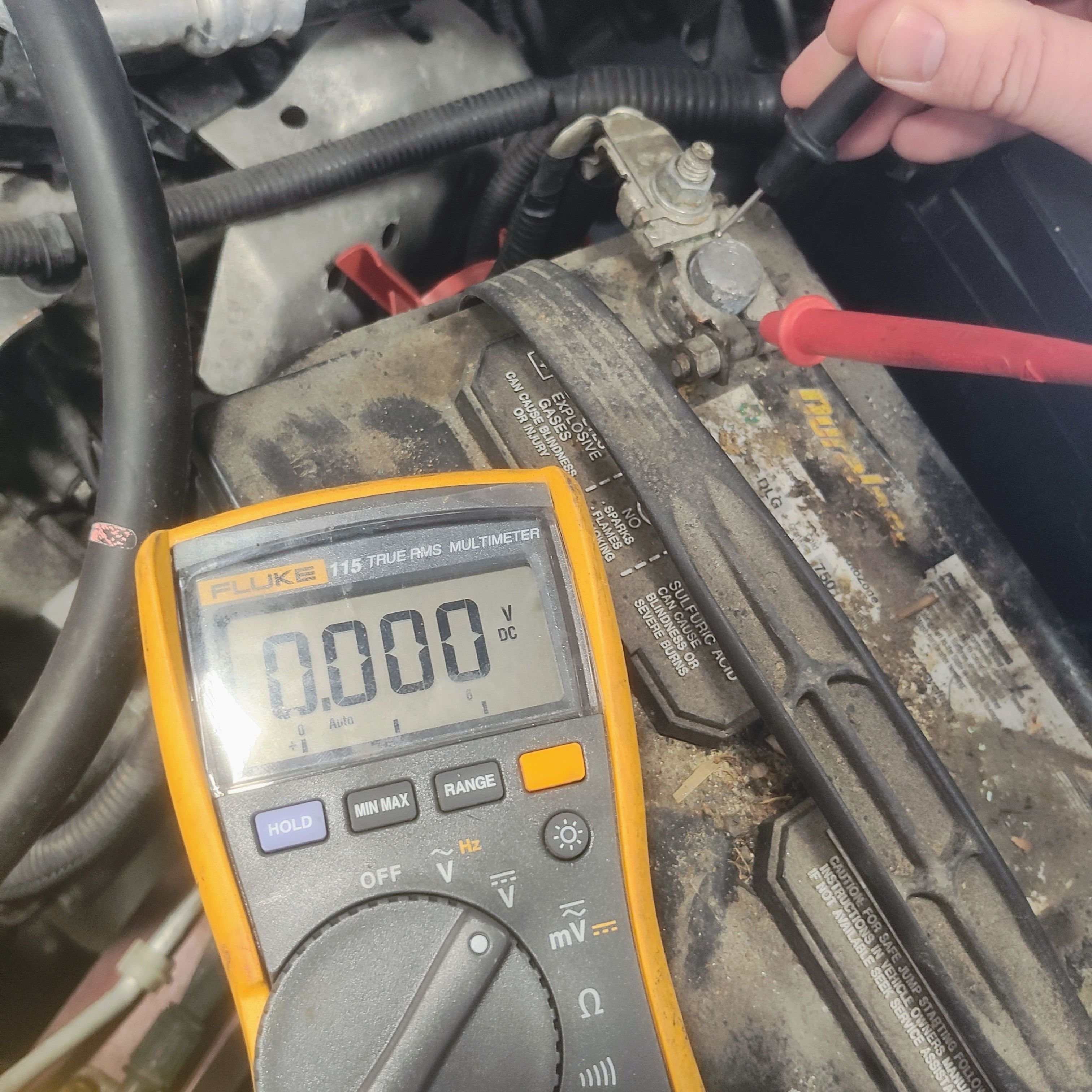Quick Links
Car batteries supply and store the electricity used in your vehicle. It can be frustrating to find out your vehicle’s battery has failed as you’ll likely be unable to start the engine. Unlike far larger batteries found in EVs like the Tesla Model 3, conventional car batteries have a much shorter lifespan, with their primary job being to provide power to start your engine. There are several versions of the batteries that are used in today’s vehicles. In this article, we’ll cover the different types of batteries and how to test a 12V car battery with a multimeter.
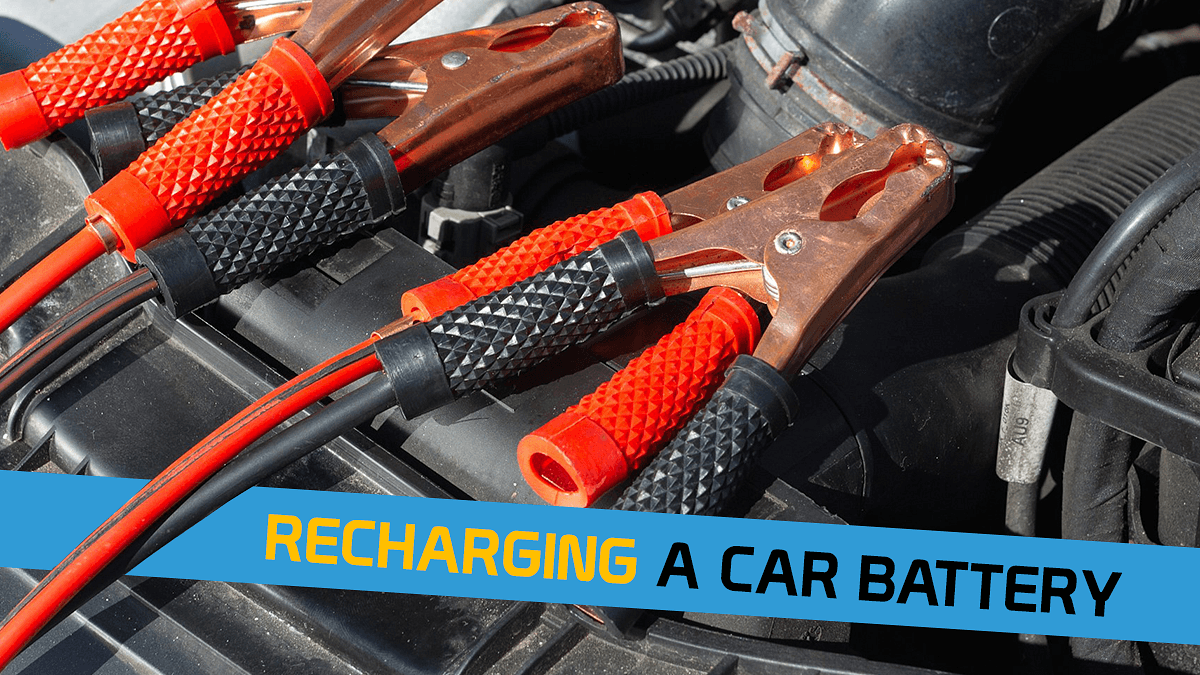
Related
How To Charge A Car Battery In 6 Simple Steps
Recharging a car battery is a fairly simple process if you have a portable battery charger.
The Basics: 12V Car Batteries
A lead-acid car battery creates electricity through a chemical reaction between lead and lead dioxide.
The electricity is stored in ‘cells’. There are six cells and each provides and stores 2.1V (Volts), totaling 12.6V. This is why we call car batteries 12-Volt batteries. Batteries rely on the alternator to stay charged; problems with your alternator can lead to a dead battery.
Battery Locations
Most batteries will be located in the engine bay of the vehicle. However, there are plenty of vehicles out there that move the battery for better weight distribution. Many BMWs have their batteries places in the trunk, for example, including the BMW X3. The following are the possible locations of the battery:
- Engine bay
- Trunk
- Wheel well
![Stratus battery]() Types Of Batteries
Types Of Batteries
There are many types of batteries, but we’ve covered the most commonly used ones on cars and trucks here:
Conventional
A conventional car battery is also known as a lead-acid or flooded battery. This is the most common battery found in vehicles and they can be identified by their removal caps. You can ‘service’ these batteries by adding electrolyte.
EFB
Also known as an Enhanced Flooded Battery, these batteries are used in auto start-stop vehicles. Similar to AGM batteries in their construction, EFB batteries are being found in more vehicles each year.
AGM
AGM of Absorbed Glass Mat batteries utilize a sealed construction and are commonly found on motorcycles. These batteries are typically used on vehicles with increased or heavy electrical loads or if the battery is located inside the passenger compartment.
Lithium
Lithium batteries are found in small applications such as cell phones and laptops. Lately, lithium batteries have been making an appearance in the transportation world. Light and long-lasting lithium batteries offer several advantages over conventional batteries, including their long lifespans.
Deep Cycle
Deep cycle batteries are typically found in marine applications. Construction is a hybrid between conventional and AGM batteries. These batteries have been an after-market alternative in cars and trucks for many years. Using thickening cell plates, deep cycle batteries can be depleted and recharged repeatedly, unlike conventional batteries.
No matter which battery your vehicle is equipped with, the testing procedures will remain the same.
What Are Multimeters?
Think of multimeters as our way of “seeing” electricity and how a circuit is operating. They’re very crucial to an accurate diagnosis. Without one, we would go in blind.
There are a plethora of Digital Multimeters (DMMs) on the market. For automotive circuits, we recommend an auto-ranging meter with at least 20MΩ of internal resistance. Make sure to use the correct multimeter setting for a car battery.
Meter Settings And Setup
DMMs are capable of measuring voltage (V), current (A), and resistance (measured in Ohms).
Ensuring proper diagnosis requires using the correct meter settings. When testing a battery with a DMM, we’ll measure the voltage.
Lead Connections
DMMs will come with two leads; these leads are colored in red and black. The black lead should be placed in the ‘Common’ or ‘Ground’ pin. The red lead should be placed in the V/Ω port.
Voltage Test
There are two voltage settings on DMMs: Alternating Current (AC) and Direct Current (DC). Automotive circuits will use either, depending on the circuit. To test the battery, you’ll want to use the DC voltage setting. This will be illustrated by a ’V’ with a straight line beneath it.
Using DC voltage, we can perform the Available Voltage and Voltage Drop tests. These tests can indicate the state of charge, circuit resistance, and poor connections.
- Available Voltage – This test is used to measure the amount of voltage present at a point. The test is performed by connecting the ‘black’ lead to a known good ground and the ‘red’ lead to the point at which you want to measure the voltage.
- Voltage Drop – This test is used to identify the location of circuit resistance. Additionally, the test is performed to measure the amount of voltage consumed or lost by a component or connection. This test is performed by placing the meter leads across the component or wire.
Battery Voltage (Source Voltage)
Performing the Available Voltage test will indicate the state of charge of the battery. A proper car battery reading should be 12.6V – 13V when the engine is switched off.
A battery that is defective or undercharged will have a reading below 12V.
![Battey voltage test]() Charging Voltage
Charging Voltage
Charging voltage is the voltage measured with the engine on. The normal battery voltage when a car is running should be 13.8V – 14.6V.
The alternator is responsible for maintaining the battery’s charge. If the charging voltage is less than 13.8V, the charging system should be inspected.
Battery Terminal And Cable Test
By performing a Voltage Drop test, we can inspect the cable condition and connection quality. Cables and connections should consume less than 0.5V. Testing car batteries is typically done through the use of a load tester. However, using the test above can verify the operation of your charging system. If the charging system is functioning properly and the battery voltage is low, the most likely cause is a defective or worn battery.
Battery Replacement
Replacing a car battery can be done with a basic set of tools following these steps:
1. Locate the battery and ensure the engine is off.
2. Disconnect the Negative (-) terminal.
3. Disconnect the Positive (+) terminal.
4. Remove and replace the battery.
5. Reconnect the Positive (+) terminal.
6. Reconnect the Negative (-) terminal.
Here’s how much you can expect to pay for a new battery, depending on the battery type.
| Battery Type | Cost Estimate |
| Conventional | $120 – $200 |
| AGM | $220 – $350 |
| Deep Cycle | $160 – $400 |
| EFB | $200 – $420 |
| Lithium | $350 – $900+ |
This article was originally published by a carbuzz.com . Read the Original article here. .


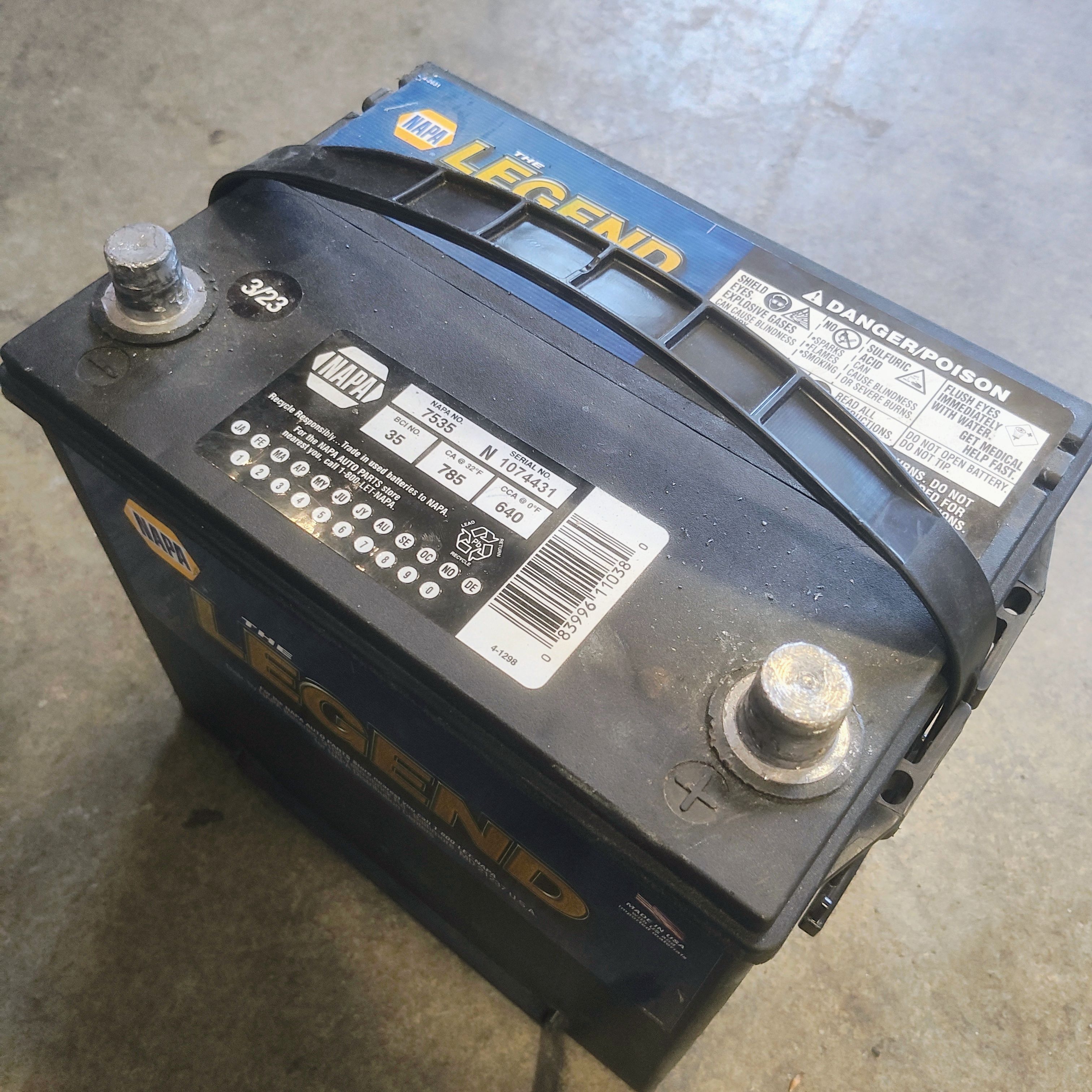
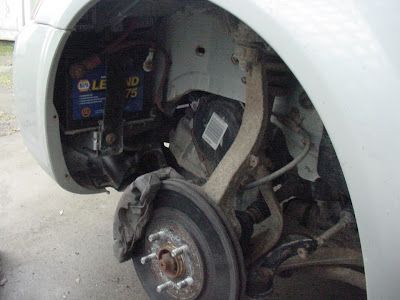 Types Of Batteries
Types Of Batteries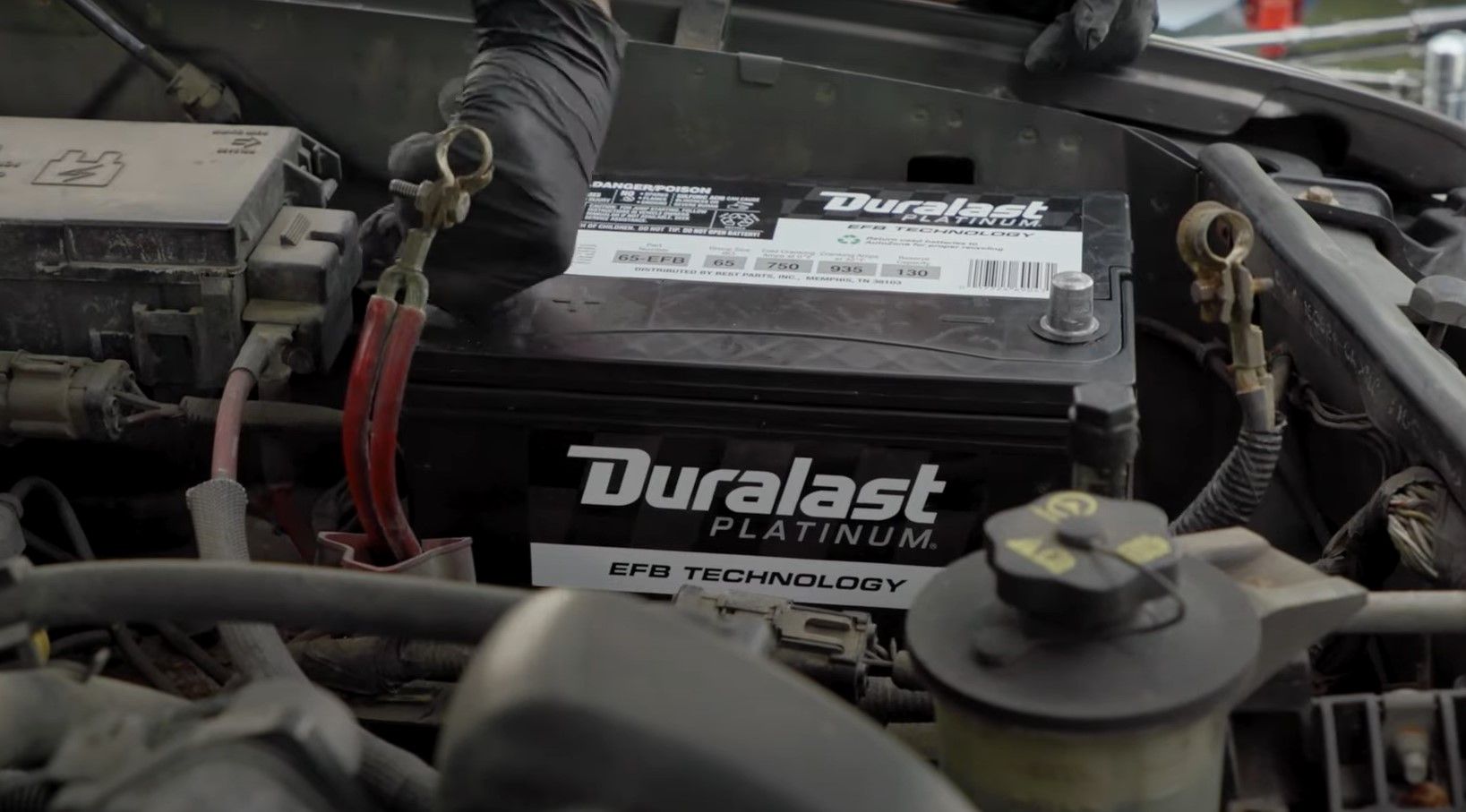

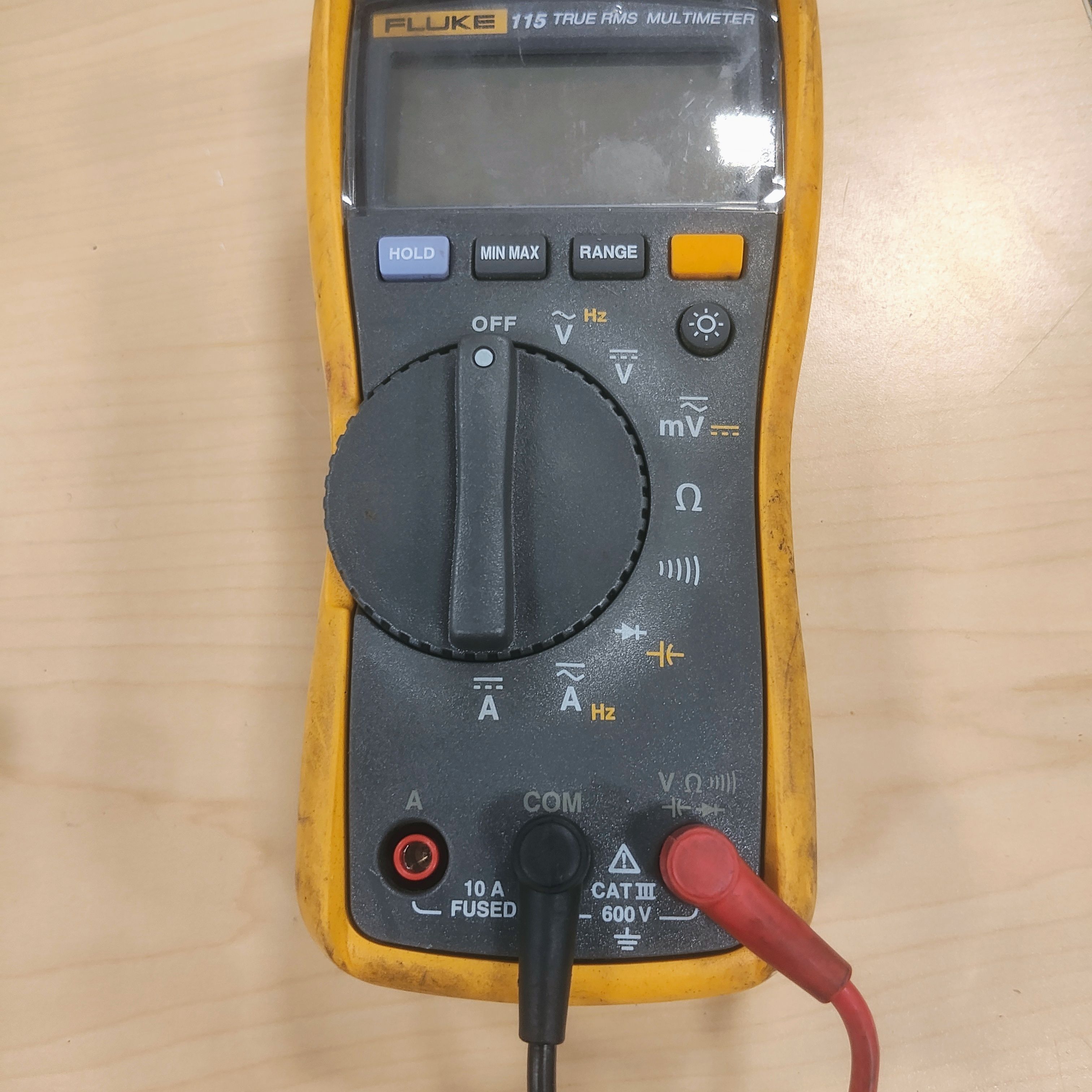
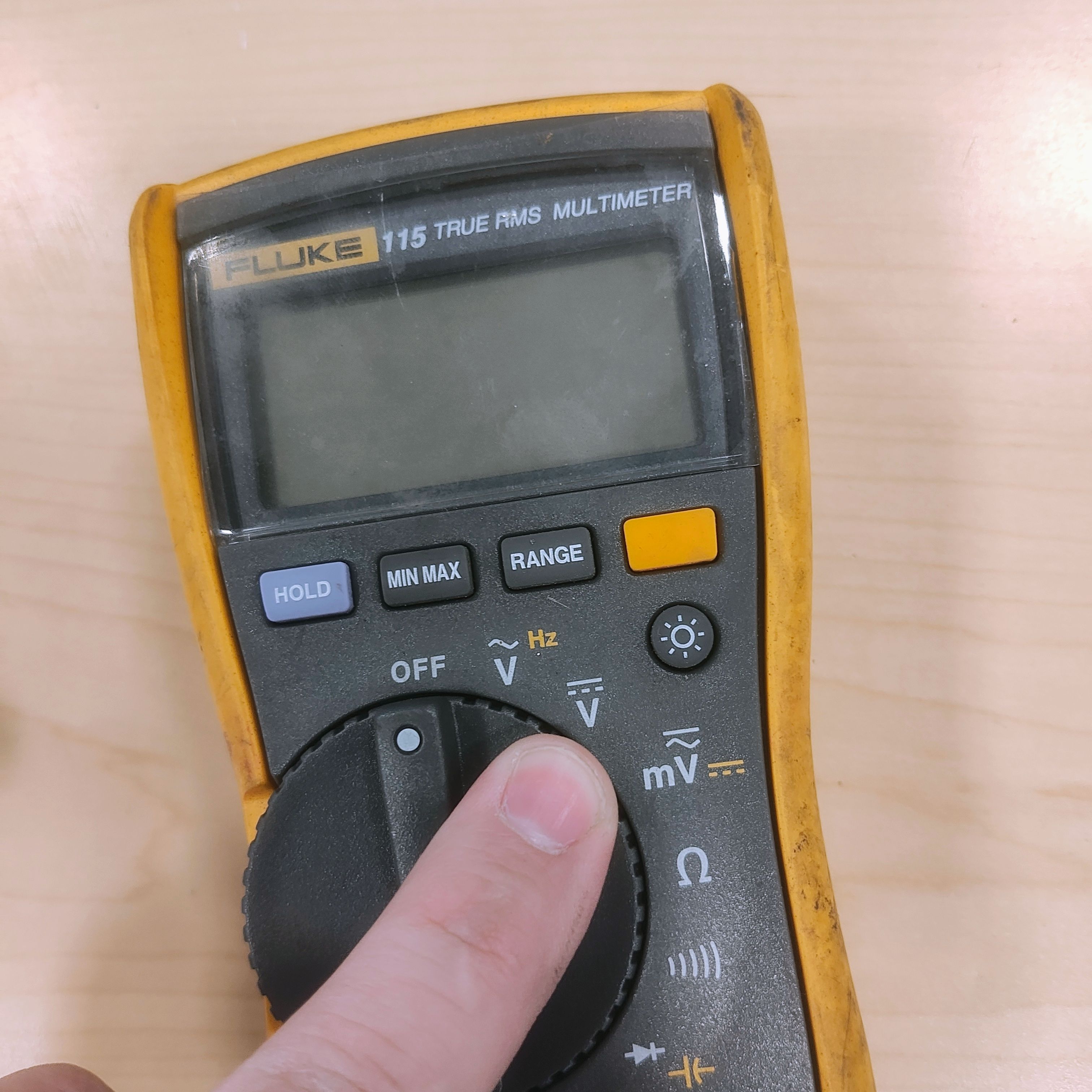
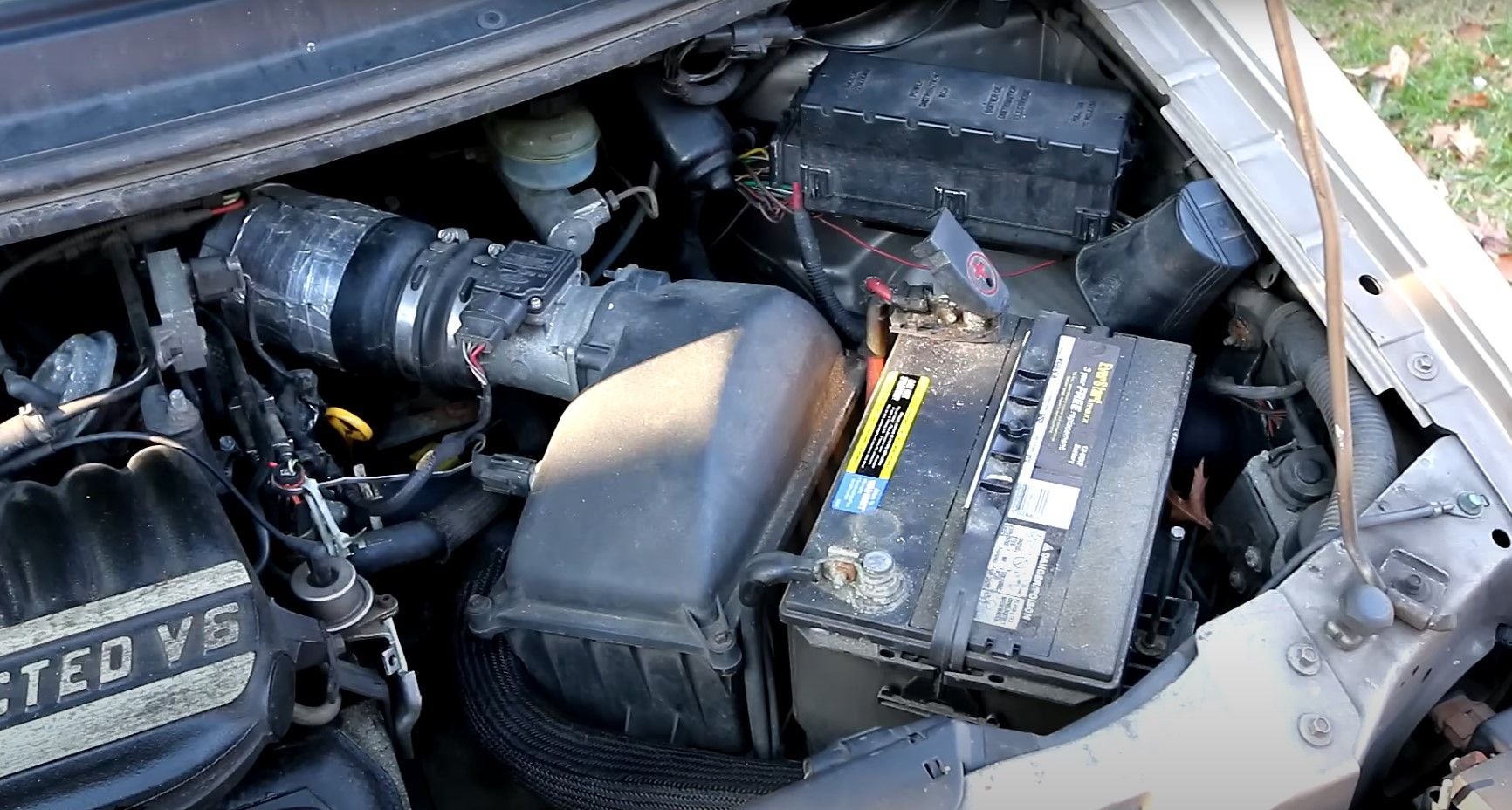
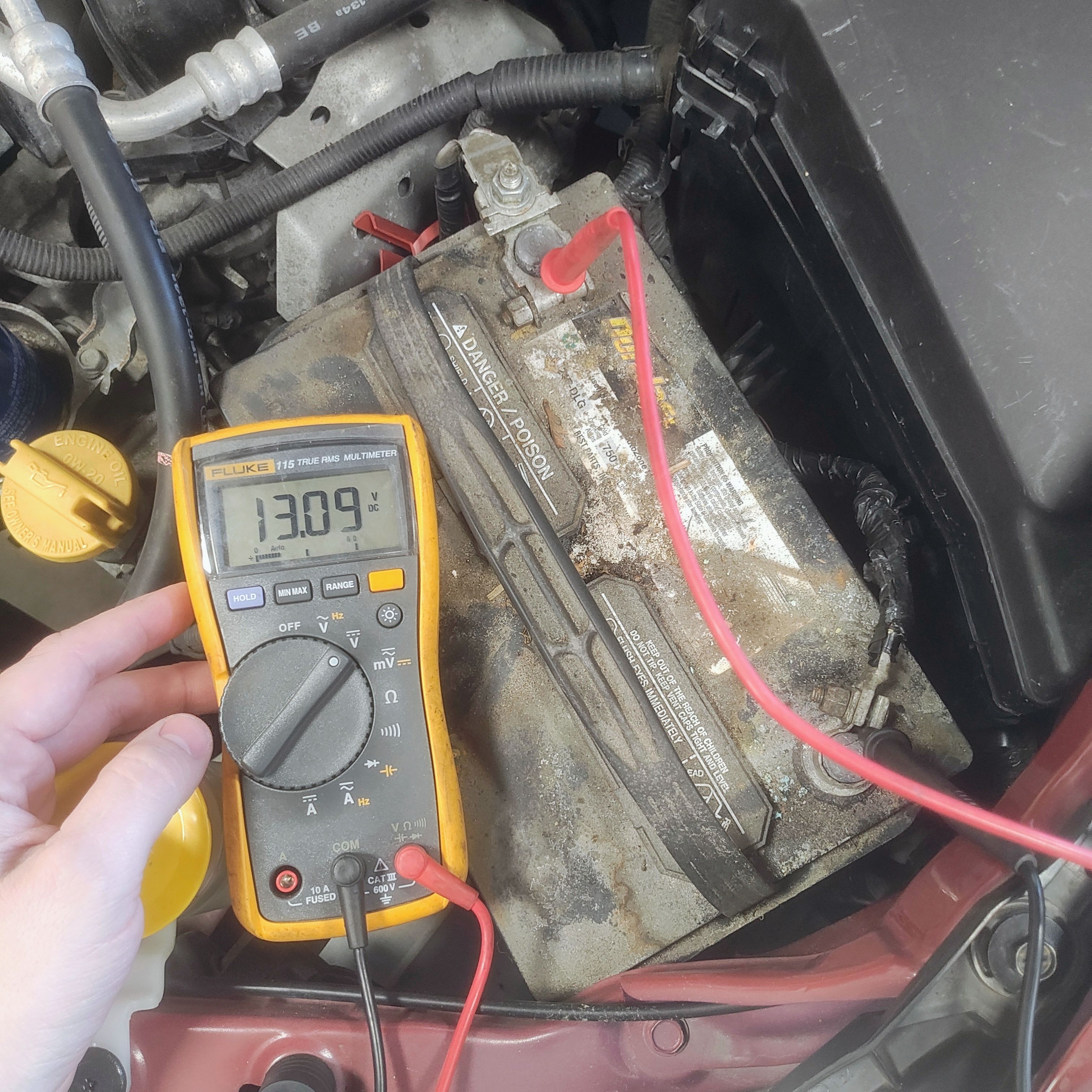 Charging Voltage
Charging Voltage